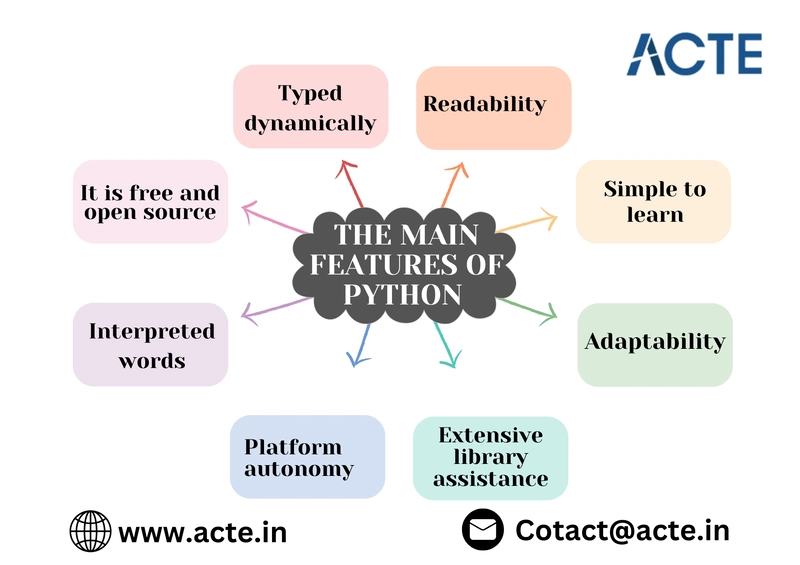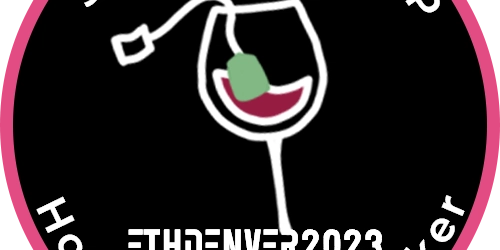The Greatest Resources for Learning Python
Many individuals are keen to learn Python as it's one of the most widely used programming languages. But how does the process start? This book includes instructions, a thorough methodology, and some of the greatest resources available to help you get started in your studies and succeed in our Python course in Coimbatore. Describe Python Python is a high-level, interpreted programming language that was originally released in 1991 and was created by Guido van Rossum. Programmers may be able to convey concepts in less lines of code while using this language than others like Java or C++ because of its syntax and emphasis on code readability. Python is compatible with a number of programming paradigms, including procedural, object-oriented, and functional programming. To put it briefly, it is flexible and enables you to write code in a variety of ways, including procedural (by assigning a set of tasks to the computer), object-oriented (by helping you visualize concepts or objects digitally), and functional (by treating your code as though it were a mathematical formula). The main features of Python Let's look at some of Python's qualities that make it a popular and adaptable programming language: Readability: Python is well known for having a syntax that is easy to grasp and somewhat akin to that of English. Easy to learn: Python's readability makes it possible for beginners to immediately familiarize themselves with the language and understand how the code works. Flexibility: Python may be utilized for a variety of jobs due to its versatility. Python offers the resources you require to accomplish your objectives, be they data analysis, task automation, or web development. Full library support: You could save time and effort by using the extensive standard library, which contains pre-written code for a variety of tasks. The thriving Python community has also created hundreds of third-party packages that have expanded the use of the language, as our Python Certification Course illustrates. Platform autonomy: Writing code only once and having it run on all operating platforms is one of the language's many incredible features. Python is a great option if you're working with a team that uses a variety of operating systems because of its adaptability. Interpreted words: Because Python is an interpreted language, code is run line by line. Because it enables you to test certain code segments without compiling the entire program, this can aid in troubleshooting. Free and open source: Anyone can use, distribute, and alter the language's source code without restriction. As a result, a sizable developer community has contributed to its improvement and produced a vast array of Python libraries. Python is dynamically typed, therefore variables don't require their data type to be declared at creation. Because the Python interpreter infers the type, the code is more adaptable and controllable. How Much Time Is Needed to Learn Python Python requires dedication and practice, despite being one of the easier programming languages to learn. How long it takes you to learn Python may be greatly influenced by your study time, the complexity of the material you're trying to grasp, and your prior programming experience. However, with consistent effort and a carefully planned study regimen, you can often acquire the basics in a few weeks and achieve a decent level of skill in a few months. Conclusion Learning Python might open up a wide range of career alternatives. This course has provided you with a roadmap to start your Python learning journey, from learning the basics to understanding more complicated concepts and working on real-world applications. Learning Python requires time and effort, just like learning any other programming language. Review the fundamentals at your own pace. Take the time to become familiar with each one and use it in practical settings. Join Python communities, take part in coding contests, and never stop learning.

Many individuals are keen to learn Python as it's one of the most widely used programming languages. But how does the process start? This book includes instructions, a thorough methodology, and some of the greatest resources available to help you get started in your studies and succeed in our Python course in Coimbatore.
Describe Python
Python is a high-level, interpreted programming language that was originally released in 1991 and was created by Guido van Rossum. Programmers may be able to convey concepts in less lines of code while using this language than others like Java or C++ because of its syntax and emphasis on code readability.
Python is compatible with a number of programming paradigms, including procedural, object-oriented, and functional programming. To put it briefly, it is flexible and enables you to write code in a variety of ways, including procedural (by assigning a set of tasks to the computer), object-oriented (by helping you visualize concepts or objects digitally), and functional (by treating your code as though it were a mathematical formula).
The main features of Python
Let's look at some of Python's qualities that make it a popular and adaptable programming language:
- Readability: Python is well known for having a syntax that is easy to grasp and somewhat akin to that of English.
- Easy to learn: Python's readability makes it possible for beginners to immediately familiarize themselves with the language and understand how the code works.
- Flexibility: Python may be utilized for a variety of jobs due to its versatility. Python offers the resources you require to accomplish your objectives, be they data analysis, task automation, or web development.
- Full library support: You could save time and effort by using the extensive standard library, which contains pre-written code for a variety of tasks. The thriving Python community has also created hundreds of third-party packages that have expanded the use of the language, as our Python Certification Course illustrates.
- Platform autonomy: Writing code only once and having it run on all operating platforms is one of the language's many incredible features. Python is a great option if you're working with a team that uses a variety of operating systems because of its adaptability.
- Interpreted words: Because Python is an interpreted language, code is run line by line. Because it enables you to test certain code segments without compiling the entire program, this can aid in troubleshooting.
- Free and open source: Anyone can use, distribute, and alter the language's source code without restriction. As a result, a sizable developer community has contributed to its improvement and produced a vast array of Python libraries.
Python is dynamically typed, therefore variables don't require their data type to be declared at creation. Because the Python interpreter infers the type, the code is more adaptable and controllable.
How Much Time Is Needed to Learn Python
Python requires dedication and practice, despite being one of the easier programming languages to learn. How long it takes you to learn Python may be greatly influenced by your study time, the complexity of the material you're trying to grasp, and your prior programming experience.
However, with consistent effort and a carefully planned study regimen, you can often acquire the basics in a few weeks and achieve a decent level of skill in a few months.
Conclusion
Learning Python might open up a wide range of career alternatives. This course has provided you with a roadmap to start your Python learning journey, from learning the basics to understanding more complicated concepts and working on real-world applications. Learning Python requires time and effort, just like learning any other programming language. Review the fundamentals at your own pace. Take the time to become familiar with each one and use it in practical settings. Join Python communities, take part in coding contests, and never stop learning.












































































































































































![[The AI Show Episode 142]: ChatGPT’s New Image Generator, Studio Ghibli Craze and Backlash, Gemini 2.5, OpenAI Academy, 4o Updates, Vibe Marketing & xAI Acquires X](https://www.marketingaiinstitute.com/hubfs/ep%20142%20cover.png)



























































































































![[DEALS] The Premium Learn to Code Certification Bundle (97% off) & Other Deals Up To 98% Off – Offers End Soon!](https://www.javacodegeeks.com/wp-content/uploads/2012/12/jcg-logo.jpg)


![From drop-out to software architect with Jason Lengstorf [Podcast #167]](https://cdn.hashnode.com/res/hashnode/image/upload/v1743796461357/f3d19cd7-e6f5-4d7c-8bfc-eb974bc8da68.png?#)









































































































.png?#)

































_Christophe_Coat_Alamy.jpg?#)
 (1).webp?#)




































































































![iPhone 17 Pro Won't Feature Two-Toned Back [Gurman]](https://www.iclarified.com/images/news/96944/96944/96944-640.jpg)
![Tariffs Threaten Apple's $999 iPhone Price Point in the U.S. [Gurman]](https://www.iclarified.com/images/news/96943/96943/96943-640.jpg)






































































































































